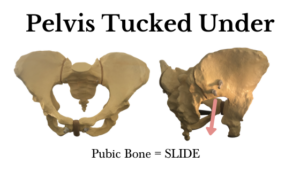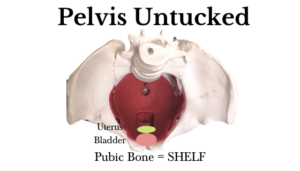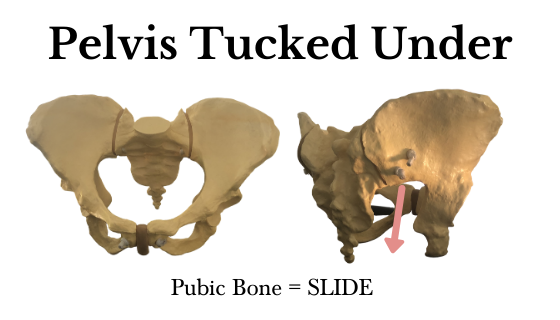Walking for Pelvic Organ Support
Walking for Pelvic Organ Support
Do you ever think about your organs in your body? Most of us never really do. Unless something starts talking to us by pain or discomfort, we don’t really think much about it. This is especially true for our pelvic organs.
Our pelvic organs can be really happy campers in there when all is going well. But when things go south (literally), they really start talking to us. When your pelvic organs fall out of their original position and when it gets bad enough, you know it!
You will feel greater heaviness in your pelvic space that can get worse as the day goes on. You may wake up just fine but by the end of the day that vaginal heaviness is worse. It may feel like a tampon that has halfway fallen out. This is a sure sign that you are dealing with a prolapse.
There are 3 organs in your pelvic space you can have a prolapse of: your bladder or urethra, uterus, and bowel. You can have one or all three falling out of place. Sometimes there can be symptoms like bladder leakage with prolapse and sometimes not. With a rectal prolapse, a telltale sign is having the feeling of needing to have a bowel movement but difficulty initiating the start of one. You may need to splint with your finger or thumb to push the stool back in order for it to come out.
While prolapse is common after birth and can be one of the factors in creating one, I find that my clients that present with prolapse usually have habits in the way they have been using their bodies their whole life that have contributed more to the problem than the birth.
I believe that prolapse is a pressure and postural issue. You need to address both of these issues in order to correct the problem.
Pressure
With pressure, I’m talking about intraabdominal pressures. How do you manage the forces going on in your chest, abdomen, and pelvis? Do you hold your breath a lot when you go to exert? Does your belly bulge or dome forward with movements? These are actually compensations your body does to try and manage your pressures. However, these compensations create more pressures downward on your pelvic organs pushing them right on out of your pelvis. Learning to manage your intraabdominal pressures is critical for helping your prolapse.
Posture
With everything you do, you are either using your body is a way that is supporting your pelvic organs, or not! The pelvis is designed to offer the bladder and uterus a shelf of support on the pubic bone when it is in a good position. When we are being unsupportive to the organs and tuck our bottoms underneath, the shelf of support becomes a slide for our organs. The tailbone does the same for the bowel. When tucked under it doesn’t offer support but when lifted backward it does.


So the important part to know is what position is your pelvis in throughout your day. In sitting, standing, and walking, what is your pelvis doing? Are you creating a shelf or a slide? Check out this video on how to properly walk to support your pelvic organs.

